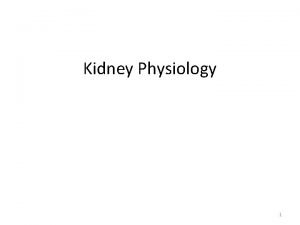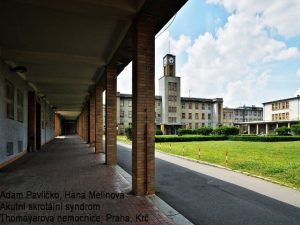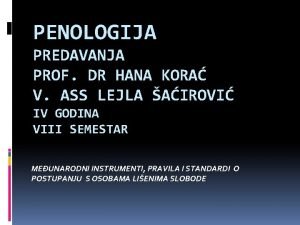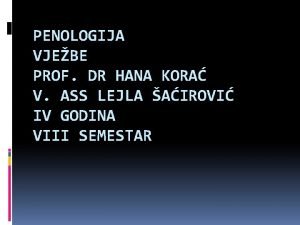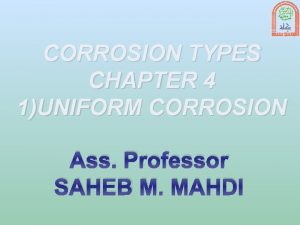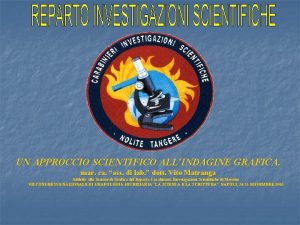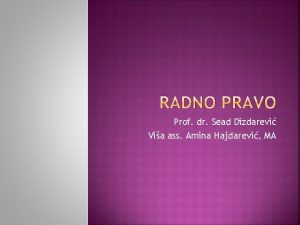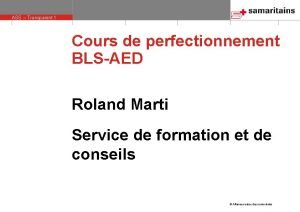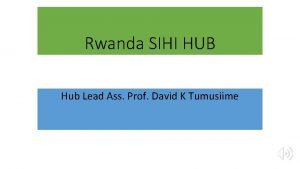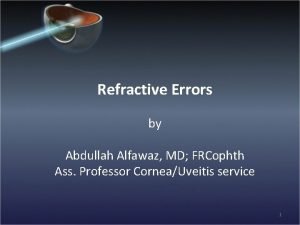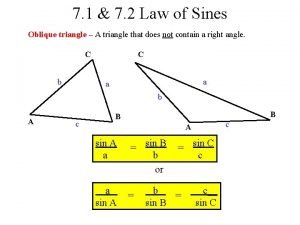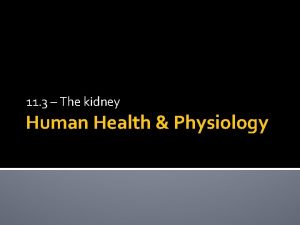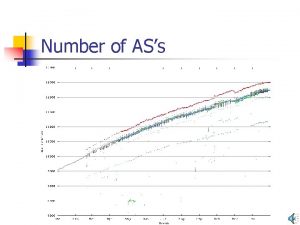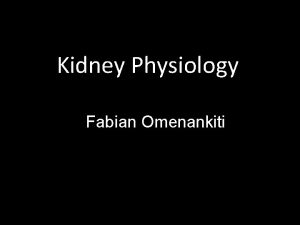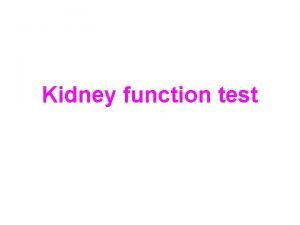PHYSIOLOGY DEPARTMENT Ass Prof VASTYANOV Rooslan KIDNEY PHYSIOLOGY


































- Slides: 34

PHYSIOLOGY DEPARTMENT Ass. Prof. VASTYANOV Rooslan

KIDNEY PHYSIOLOGY #1. KIDNEY FUNCTIONS. THE MECHANISMS OF URINE FORMATION.

PLEASE, LEAVE YOUR MOBILES HERE

‘… It is no exaggeration to say that the composition of the blood is determined not so much by what the mouth takes in as by what the kidneys keep. Homer Smith, From Fish to Philosopher

EXCRETORY system of an organism 1. SKIN, sweat glands 3. Respiratory system 2. Digestive system, rectum, liver 4. Tears 5. KIDNEYS

Functions of the kidney #1. 1. Regulation of the osmotic pressure (osmolality) of the body fluids by excreting osmotically dilute or concentrated urine. 2. Regulation of the concentrations of numerous ions in blood plasma, including Na+, K+, Ca 2+, Mg 2+, Cl-, bicarbonate (HCO 3 -), phosphate and sulfate. 3. Regulation of the acid-base balance by excreting H+, when there is excess acid, or HCO 3 -, when there is excess base. 4. Regulation of the ECF volume by controlling Na+ & water excretion. 5. Regulation of the arterial pressure. 6. Elimination of the waste products of metabolism. 7. Detoxication of an organism = drugs, foreign and toxic compounds removing. 8. Hormones synthesis (erythropoietin and 1, 25 -dihydroxy vitamin D 3).

Kidney functions #2. 9. Metabolism regulation 10. Electrolyte balance regulation 11. Blood coagulation participation. !!!!! FORMATION OF UREA

Kidney functions #3

Kidney functions #4

General scheme of kidneys vascularisation

Kidneys vascularisation #1

Kidneys vascularisation #2

The indexes of the renal blood pressure

The phenomenon of RBF and GFR autoregulation

The principle scheme of glomerulus function #1 FILTRATIONAL FRACTION – is the mix of substances that could be filtrated from blood plasma through the glomerulus

The principle scheme of glomerulus function #2

The principle scheme of glomerulus function #3


CLEARANCE # 1 … is the degree of blood plasma clearing with the help of kidneys from pertinent substances during 1 min.

CLEARANCE # 2

CLEARANCE # 3

GLOMERULAR FILTRATION RATE = GFR MALE index = 125 ml/min FEMALE index = 110 ml/min GFR = clearance of inulin or creatinine

THE CONTERCURRENT CIRCUIT MECHANISM of urine formation

The idealized scheme of the renal tubular transport

Primary urine – is blood plasma without RBC and big-sized proteins 180 liters per day!

PRIMARY=INITIAL-OBLIGATE water reabsorption in the descending part of loop Henle 1. Primary urine volume equal to 180 l per day 2. Passive water reabsorption occurs in the descendent part of loop Henle. 3. The mechanism of obligate reabsorption – passive! 4. Total amount of obligate water reabsorption = 75 -85% from the volume of the primary urine.


Tubular fluid dilution and concentration 3 hypo-, isotonic 1 isotonic hypertonic 2 4

FINAL URINE 1. Final urine amount equal to 1, 5 – 2, 5 l per day 2. Final urine has yellow colour with different shadows 3. Final urine concentration equal to 1014 -1028 rel. units 4. Final urine has to be without the big-sized proteins and erythrocytes. 5. Final urine could be produced as the result of the. . . Filtration + Reabsorbtion Filtration + Secretion

KIDNEY FUNCTION AUTOREGULATION

ARTERIAL PRESSURE REGULATION BY KIDNEY

Renin – angiotensin – aldosterone system

Sodium - uretic factor

 Big asd fans
Big asd fans Nephron osmolarity diagram
Nephron osmolarity diagram Ass syndrom
Ass syndrom Kora ass
Kora ass Loki e02
Loki e02 Señora ass
Señora ass Ass lic
Ass lic Vertical postulate
Vertical postulate Neptune ass
Neptune ass Ass.iur
Ass.iur Studentski poslovi zenica
Studentski poslovi zenica Colegio ass
Colegio ass Movs ass
Movs ass Ass
Ass Metabolomics
Metabolomics Ass italia
Ass italia Preteens ass
Preteens ass Clara brasil ass
Clara brasil ass Compilador
Compilador Isis goddess powers
Isis goddess powers Ass do mar
Ass do mar Ass amina
Ass amina Tdesk
Tdesk Kora ass
Kora ass Rom hack definition
Rom hack definition Muscle re education definition
Muscle re education definition Ass transparent
Ass transparent Lead ass
Lead ass South australian homing pigeon
South australian homing pigeon Ass
Ass Geography ass
Geography ass Dot product rules
Dot product rules Class eight ass
Class eight ass R/ass
R/ass Anorexic ass
Anorexic ass

